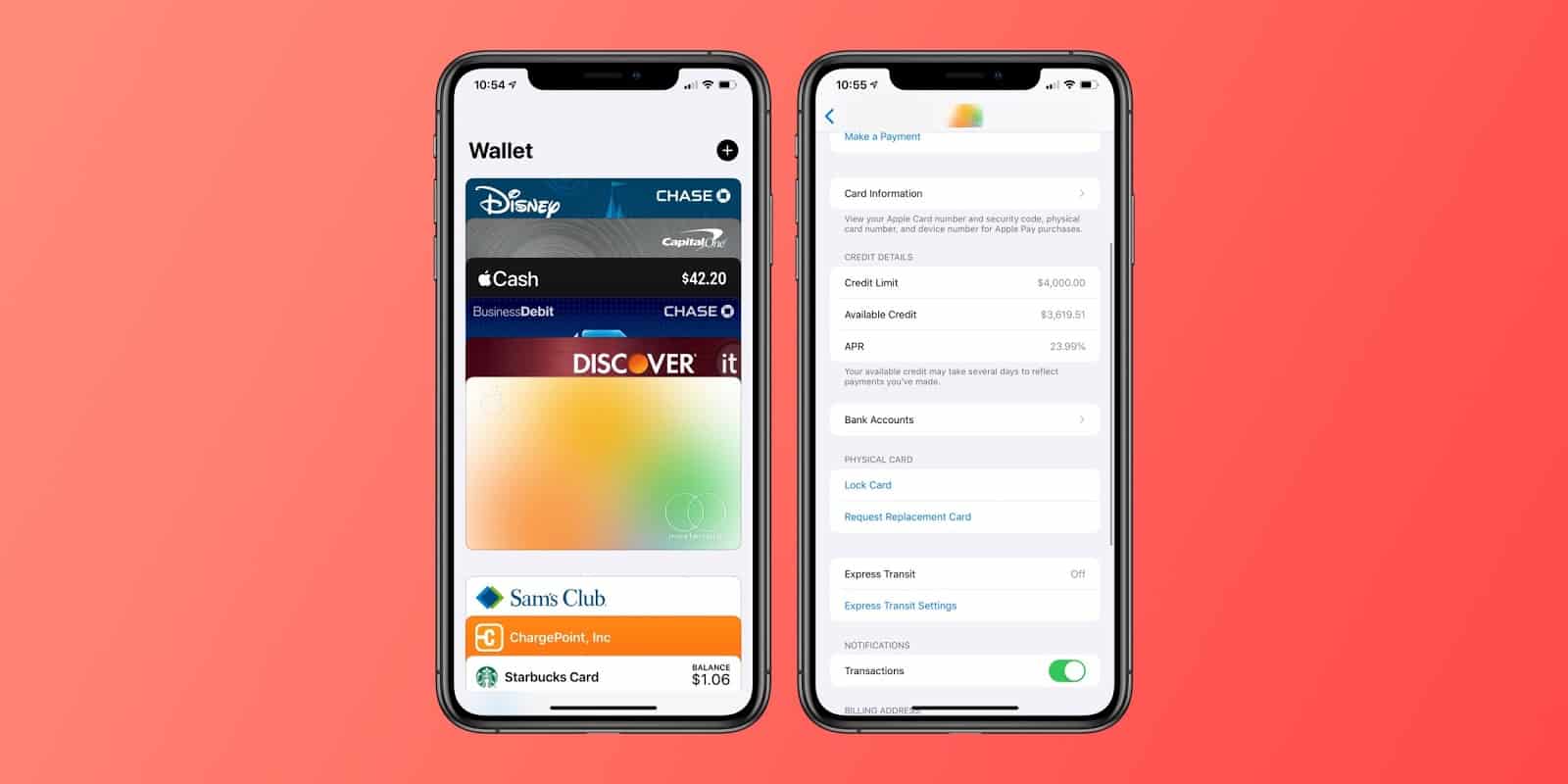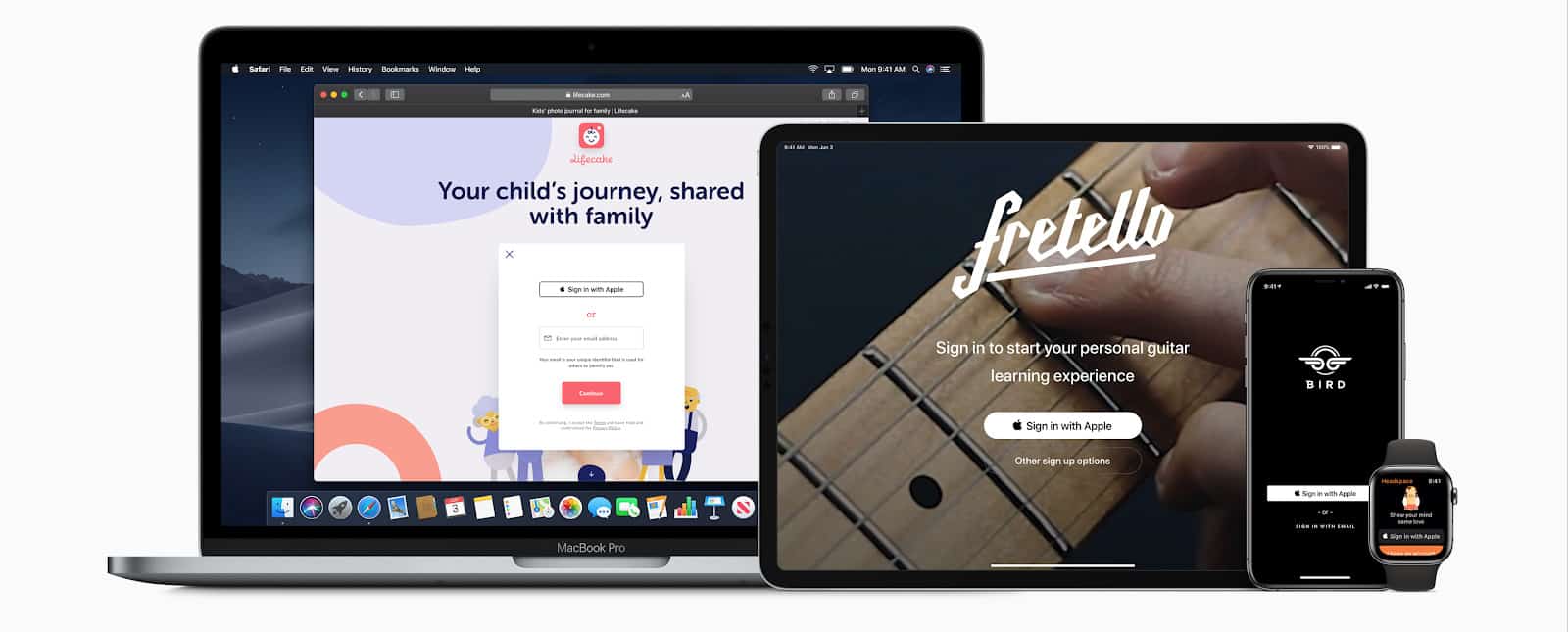As we entered 2020 there was a lot of buzz in the air.
A new decade on top of a new year seemed to amplify everyone’s motivation to make things happen – whether in their personal lives or for their business.
It also caused a lot of anticipation; a murmuring of what was to come, with everyone looking to set the new trends of the decade, in fashion, in music, in politics, etc.
One area that we’re really interested in exploring, imagining and impacting here at MindSea is technology.
We’ve seen what amazing things have happened in mobile in the past 10 years – so we’re naturally curious to see what happens in the next 10.
Here is what our team believes will be some of the top tech trends to explode in the decade ahead.
1. AI’s Impact On The Healthcare Industry
Artificial Intelligence (AI) and Machine Learning (ML) are revolutionizing the healthcare industry.
Some benefits that come from using these technologies in health include: improved accuracy of diagnoses, more personalized care, and earlier prediction of abnormalities or illnesses.
As consumers learn more about this technology, concerns have also risen. These concerns are mainly regarding AI and biometrics, like facial and voice recognition.

The main concern is that, with these convenient and more efficient technologies, more personal data is being collected. Smartphones today can derive over 2,000 different habits based solely on the user’s daily smartphone usage. This includes the amount of pressure applied when the user types, how the user holds the phone, and typical reactions to various stimuli presented on the device.
Not understanding where data is being stored or how that information will be used understandably makes one cautious.
Education and transparency will be key in moving these technologies forward.
2. The Introduction Of 5G
As the amount of devices on the market continues to grow, so does the need for a wider bandwidth and faster speeds.
For consumers, the past decade brought about few advancements in cellular network technology. The current network, 4G (fourth generation), was introduced back in the late 2000s, so the need for upgraded technology definitely exists.
There are an estimated 127 new devices connected to the internet every second. At this point, 4G is unsustainable for this level of growth.
The introduction of 5G will open the doors to a number of possibilities and benefits to both businesses and consumers. The most significant improvements with this new generation technology will be capacity and latency.

With 4G, bandwidth was measured in megabits per second, whereas 5G will be measured using gigabits per second. This jump will allow users to stream 4K quality videos in seconds! On top of that, 5G will help with transmitting and receiving information at much faster speeds, estimating savings of 23 full hours per month downloading and streaming movies, music, games and social media.
Due to resources and demand, some are anticipating that city centres will be reaping the benefits of 5G before more rural areas. Stay tuned!
3. Major Changes In Mobile Phone Design
In terms of physical design, the iPhone has stayed quite stable over the years. This year, rumours have surfaced that Apple will be initiating a full overhaul on the smartphone’s classic design.
The current design is also known as the “candy bar.” It is rectangular, flat—and that’s about it! The only major differences among smartphones today are the buttons and their location on the device.
Two of the biggest giants in smartphones, Apple and Samsung, have already started generating buzz on what’s to come this year.

Apple’s changes are more modest than the changes coming for Samsung, however, it’s a change nonetheless. In 2020 Apple will release the iPhone 12. One of the biggest changes: the camera will be getting a makeover internally. The hardware will be upgraded to include Time of Flight (ToF) sensors, which is highly accurate mapping technology. ToF’s first introduction to the mainstream market was in drones. This technology features abilities like measuring distance, gesture recognition, 3D photography and more. The capabilities of ToF are set to elevate AR as we know it.
Samsung, on the other hand, announced in 2019 that they were in the process of consolidating flip phone and smartphone designs. The Samsung Galaxy Z Flip will be able to serve as a standard 4.5 inch candy bar device, as well as being able to fold open to deliver a 7.3 inch tablet display. This design will cater greatly to users who enjoy a small phone screen for personal use, but want a bigger screen for video consumption.
A major concern with bringing a dual-screen flip phone to market is related to app development. Apps will need to adapt to this change, optimizing functionality, UX design and UI to accommodate various screen sizes and work with the device in both its closed and open state. While this introduces more work for app owners, it also opens the door for a lot of innovation – designers and developers, so get ready!
4. The Introduction Of Instant Apps
From a cluttered home screen, to a lack of storage space on their device, there are many reasons why users are apprehensive to downloading new apps.
Instant apps take the functionality and UX of a native app and pair it with the simplicity of a web app. They are designed to allow users the opportunity to experience a mobile app without the commitment of actually having to download it. They also allow users to share pages or articles from apps with recipients who may not have the app installed.
Instant apps are currently exclusive to Android. There are talks, however, that Apple is working on a similar feature.
5. Advancements In Mobile Wallets
Phone? … check!
Keys? …check!
Wallet? … nope, don’t need it!
While this mini checklist has been a common one for anyone leaving their house, new technology is making it so that we need to carry a little bit less in our pockets and purses.
Some predict that, soon enough, people will be able fully abandon the wallet. What do you think?
Of course, making the buying process faster and easier has been top of mind for many businesses around the world. The introduction of companies like PayPal and Amazon, with their 1-Click initiative, are just two examples from the mid 2000s of the use of technology to remove any friction or barriers to purchase for a consumer.
This is also the purpose of mobile wallets, like Apple Pay, which act as the primary payment method in mobile commerce (mcommerce). These conveniences ultimately lead to more sales and less abandoned carts.

Here’s a staggering prediction from Go People:
mcommerce is projected to account for 54% of ecommerce sales in 2021, an industry set to hit a $4.5 trillion valuation for that same year.
With respect to where mobile wallets are headed, AI and ML are expected to play a major part.
Payments and transactions, particularly those done online, are predicted to only get safer and easier. Advanced technology will read and analyze purchases to establish patterns and habits, enabling phones to customize our ecommerce experiences, detect fraud faster, and reduce instances of false declines when purchasing.
6. Increased Usage Of Apple Sign-in
Most mobile users have experienced a tedious mobile app onboarding process. Sometimes it can feel so invasive! Users may not want to give all of the information being asked for and will, therefore, abandon sign-up before it’s complete.
Apple Sign-in is a response to this inconvenience.

App developers will now be able to add an “Apple Sign-in” option to their iOS apps. When this option is selected during onboarding, the sign-in form will auto-fill with the user’s name and email. This saves time and eliminates a lot of friction.
With this feature, users also have the option to restrict sharing an email with the app. The app will instead be provided with an alias email that will forward any communications to the user’s AppleID email. This option maintains a user’s privacy while also allowing for direct business communications between the app and user.
Apple Sign-in has also been developed to work seamlessly across iOS products. Once one device has been through the Apple Sign-in process on the app, the user can sign in on any device using touchID, faceID or their device’s password. It’s a hassle-free alternative to the current anti-fraud systems available to app developers.
Wrapping Up
As fun as it is to make predictions, the decade has just begun.
While these predictions have been researched and studied, we can really only wait and see how everything will play out.
By 2030, the candy bar phone we have today could seem archaic, our arms could be the new touch screen, and there may be a whole new generation of teens laughing at the thought of people carrying a physical wallet.
Buyers are eager for tech improvements and even more curious to see what products are yet to come that can’t be predicted. Subscribe to our blog to see our take on tech and its influence on industries like Health and Business.



